
Ray Bradbury: biography
At the mention of Ray Bradbury's name, everyone thinks about fascinating science fiction novels. Ray Bradbury is one of the best science fiction writers, the owner of numerous literary awards, including those in the genre of science fiction. However, Ray Bradbury did not count himself as a science fiction author.
Ray Douglas Bradbury was born on August 22, 1920, in Waukegan, Illinois, in the United States. The father of the future writer, Leonard Spaulding Bradbury (1892-1957) came from a British family which was among the first ones to settle in North America. The family moved from England in 1630. There is a family legend in Bradbury's autobiography: Ray's grandmother, Mary Bradbury was hanged as a Salem witch after the trial of 1692. Esther (née Moberg) Bradbury (1888-1966), the writer's mother, was a Swede.
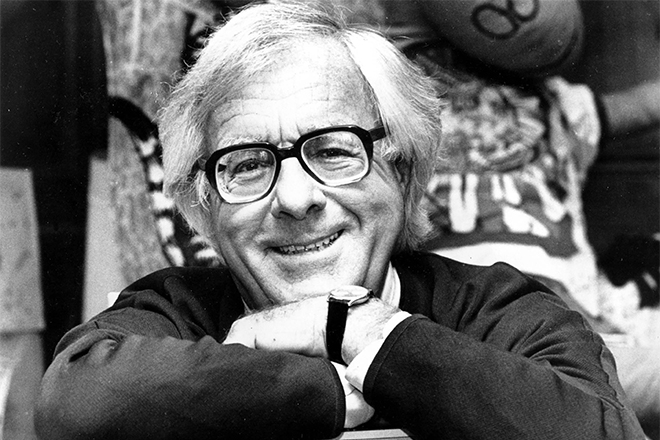
Besides Ray, there was another son in the family, Leonard. Two other children, his brother Sam and sister Elizabeth died in infancy. The boy experienced the death of closest ones in early childhood, and that left a mark which was reflected in his future literary works.
The Bradbury family loved art. They paid a lot of attention to the emerging cinematography.
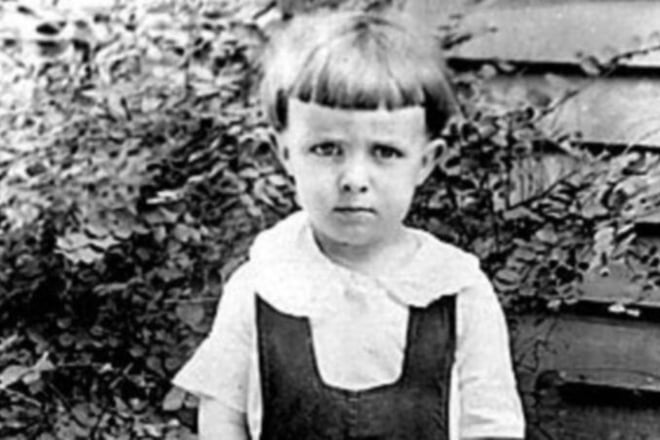
During the Great Depression, Ray's father struggled to find work in a small town. In 1934, the Bradbury family moved to Los Angeles, settling in the house of the boy's uncle. They could hardly make both ends meet. After graduating from school, the boy worked as a newspaper seller. The family had no money to pay for Ray's higher education. That is why Bradbury did not have a University degree. According to the author, the library replaced the college for him.
Three times a week, the young man sat in the library reading books. At the same time, when the boy was 12 years old, he felt the first impulse to try writing himself. Ray did not have the money to buy William S. Burroughs' A Fighting Man of Mars, and the young author came up with his version of the seventh part of the book series. It was the first step of Bradbury to the world of science fiction.
Creative works
The boy decided to become a writer. He became determined to make it happen after graduating from school. The first step in the creative field was the publication of the poem "In Memory of William Pierce Rogers" in the local newspaper in 1936. Ray wrote short stories, imitating the style of Edgar Allan Poe. Henry Kuttner, an American science fiction writer, was the literary critic and adviser of the aspiring author.
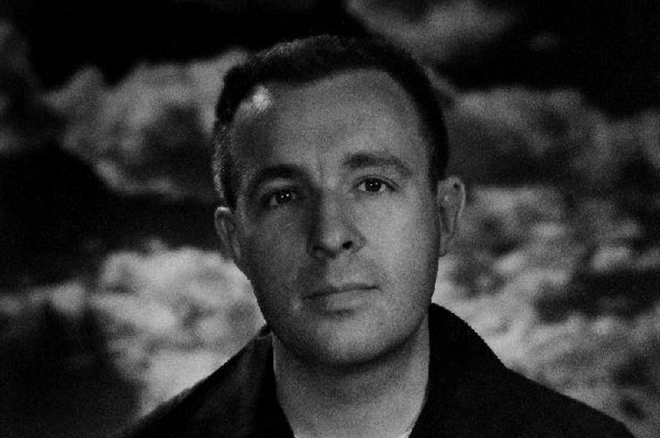
At the age of 17, Bradbury became a member of the American community of young authors — the Los Angeles Science Fiction Society. His stories began to appear in cheap collections of fiction. It was the time when Bradbury was developing his unique style seen in all his later works. Since 1939, the guy published four issues of Futuria Fantasia magazine. By 1942, the author completely switched to literature. At this time he wrote fifty stories a year.
Despite meager salary, Bradbury did not leave work. In 1947, the first collection of short stories Dark Carnival saw the light of day. The collection includes works of the period from 1943 to 1947. Such characters as Einar (Bradbury's uncle was his prototype) and "The Wanderer" Cecy for appeared in these stories for the first time. The readers received the collection without any fascination.
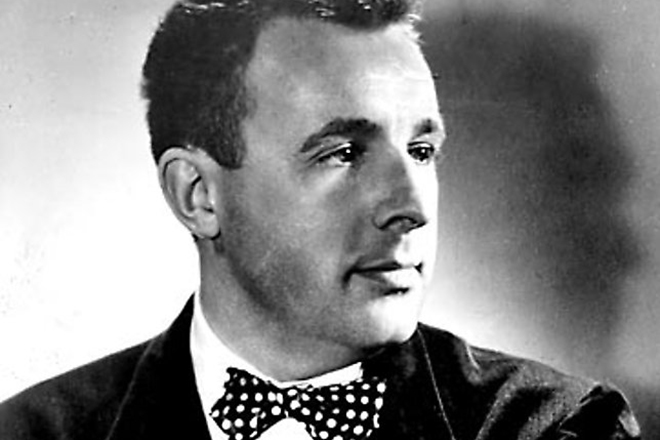
In the summer of 1949, Ray Bradbury took a bus to New York. He settled in the hostel of the American Association of Young Christians. Bradbury's short stories were sent to 12 different publishing houses, but no one was interested. Fortunately, Don Congdon, Bradbury's literary agent, came to the Doubleday publishing house. At that time, the printing house was preparing a science fiction collection. Bradbury caught the attention of Walter Bradbury. Walter agreed to publish Bradbury's work on condition that the short stories would thematically comprise a novel.
In only one night, Ray developed a general plan of the forthcoming novel in the form of an essay and presented it to the publisher; it was a collection of stories from his earlier works about Mars, compiled into a single piece of literary art. In The Martian Chronicles, Bradbury drew an invisible parallel between the settlement of the book's characters on Mars and the arrival of the first colonies at the Wild West. The novel sharply showed errors and imperfections of humankind. The book turned the idea of science fiction upside down. Bradbury considered The Martian Chronicles his best work.
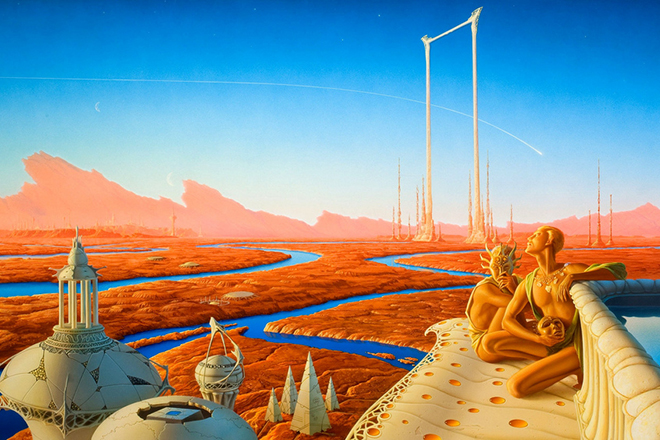
Ray Bradbury achieved world recognition with the release of the book Fahrenheit 451 in 1953. Two stories comprised the plot of the literary work: "The Fireman" and "The Pedestrian." The debut publication was released in parts in the Playboy magazine, which at that time was gaining momentum.
The epigraph of the book says that 451 degrees Fahrenheit is the ignition temperature of the paper. The plot of the novel describes the totalitarian consumer society. The writer showed the culture that put the acquisition of material values at the forefront. Books that make the reader think are to be burned together with the houses of the owners of forbidden literature. The protagonist of the novel, firefighter Guy Montag, involved in the burning of books, believes that he is doing the right, the essential thing. Guy meets 17-year-old girl Clarisse McClellan. The acquaintance with her turns the worldview of the young man upside down.

The novel was censored. Ballantine Books for secondary schools redid and eliminated 70 pieces from the story. In 1980 the writer demanded to publish the book without reductions.
In the USSR, despite the negative comments in ideological publications, the novel was published in 1956. In 1966, the film adaptation of Fahrenheit 451 was shot by a French film director, François Truffaut. In 1984, the T.V. show The Hearth and the Salamander was released based on the book.
In 1957 the biographical book Dandelion Wine was published. This story by Bradbury is not like the rest of his works. It touches on the author's childhood experiences. The plot tells the story of the summer adventures of 1928 of brothers Tom and Douglas Spalding, living in the small town of Green Town. Ray is the prototype for 12-year-old Douglas.

Bradbury wanted to create a more considerable work. The publisher Walter Bradbury insisted on splitting the story into two parts. The second part, called by the author Farewell Summer, saw the light of day only half a century later, in 2006.
Another novel linking Ray Bradbury with his childhood is entitled From the Dust Returned. This is a story about the bizarre Elliott family. Fantastic fabulous creatures live in their house. The novel includes the short stories "Homecoming," "The April Witch," "Uncle Einar," and others. Ray's vivid childhood memories made an impact on his creative mind. As a ten-year-old boy, Bradbury came to his aunt Neiva for Halloween together with his brother. They collected corn stalks and pumpkins. Their aunt dressed them as wizards and made them hide under the stairs in Ray's grandmother's house, for them to frighten the quests going through the dark hall. The holidays were held in stormy fun. The writer called the memories of that atmosphere the most precious ones of his life.
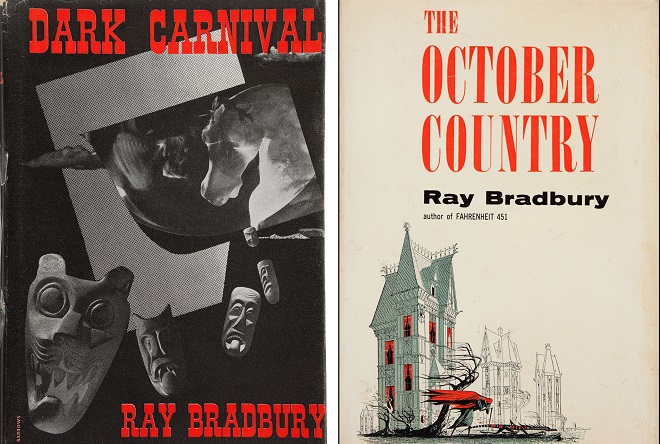
The collection A Medicine for Melancholy was published in 1960. It published stories of the period 1948-1959. It included the following stories: "In a Season of Calm Weather" (1969), "The Dragon" (1955), "The Wonderful Ice Cream Suit" (1958), "The First Night of Lent" (1956), "The Time of Going Away" (1956), "The Day It Rained Forever" (1959) and others. The collection is devoted to psychology, nature, and humanity.
The writer all his life criticized contemporary culture, calling it "consumer society." Bradbury believed that not enough attention is paid to science in the modern world, as well as to the development of the space industry. People stopped dreaming about the stars; they are only interested in wealth. Bradbury's works appealed to humanity to stop the soulless attitude to the future. A striking example is the story "The Smile," which takes place in the near future. People degraded and burned all the books down. The leading entertainment is the public destruction of the surviving works of art. On the square, there is a queue of those wishing to spit in the Mona Lisa picture.
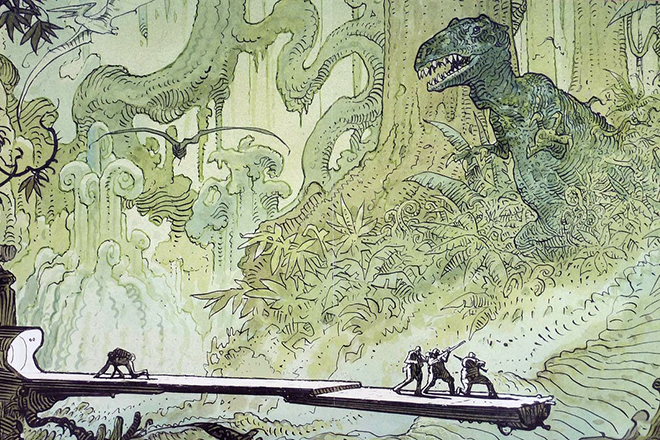
The most republished story of Bradbury is "A Sound of Thunder." At the heart of the science fiction story lays the "theory of chaos," often called the "butterfly effect." This work is about the instability of the balance of nature on Earth. The plot of the story became the basis of films and T.V. series A Sound of Thunder, The Butterfly Effect, 100 Years Ago.
The writer's work is inextricably linked with cinema and theater. Bradbury wrote screenplays, the most famous of which is Moby Dick. He was the author and presenter of various television programs from the cycle Theater of Ray Bradbury that was broadcast from 1985 to 1992.
Personal life
The support of the wife of the aspiring writer was invaluable. The bookstore clerk Marguerite McClure became the wife of Ray Bradbury on September 27, 1947. The income from the stories at first did not bring a lot of money, so at the beginning of family life, the primary earner was the wife.
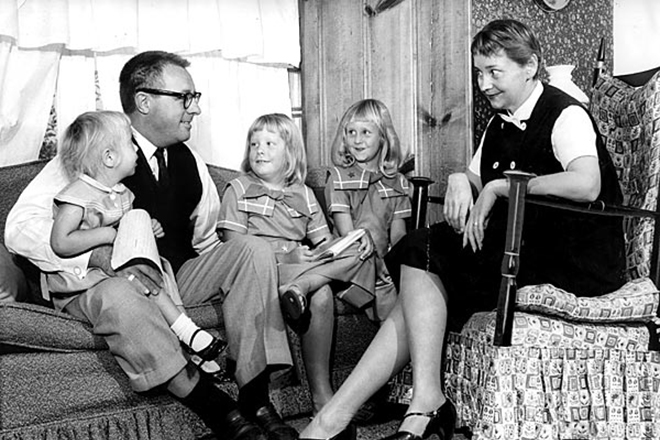
The marriage was happy and lasted until the death of Maggie, as the writer affectionately called the woman, in 2003. It was to her that the author dedicated the novel The Martian Chronicles, writing: "For my wife Marguerite with all my love."
Ray Bradbury and his wife had four children — daughters Bettina F. Bradbury, Ramona Bradbury, Susan Bradbury, and Alexandra Bradbury.
Death
Ray Bradbury lived to be 91. His life was full of unceasing work. Every morning, even in old age, the writer had begun behind the desk. He believed that his work prolonged his life. The bibliography of the writer was replenished to death. The last novel was published in 2006.

Bradbury had an extraordinary sense of humor. Answering the question about age, Bradbury said:
"Imagine the headlines all over the world — Bradbury is a hundred years old! I'll get some bonus right away: just because I'm not dead yet."
At the age of 79, the writer had a stroke. He spent the rest of his life in a wheelchair. Bradbury died on June 5, 2012, in Los Angeles. The house of the writer's family was demolished in 2015.
Assessment of creativity and awards
Ray Bradbury received the Nebula Award for Best Script and Benjamin Franklin science fiction awards. He was honored the American Academy Award, the Prometheus Award for Fahrenheit 1451 (1984). The science fiction author had a National Medal of Arts on his account, which he received in 2004, as well as the title of SFWA Grand Master. Ray Bradbury is the winner of the Pulitzer prize (2007) and the Bram Stoker Award for Lifetime Achievement.
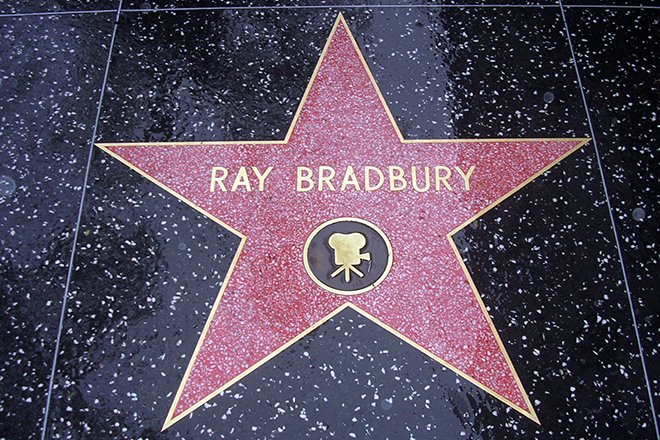
An asteroid has Ray Bradbury's name. NASA space laboratory decided to name the landing site of the Mars Rover MSL Curiosity on the Red Planet in honor of the first author who suggested that there might be life on Mars. The International Astronomical Union (IAU) approved the name Bradbury of one of the craters on Mars on October 15, 2015.
There is a star of Ray Bradbury on the Hollywood Walk of Fame.
Books
- The Martian Chronicles
- Fahrenheit 451
- Dandelion Wine
- Something Wicked This Way Comes
- Death Is a Lonely Business
- A Graveyard for Lunatics
- Green Shadows, White Whale
- Somewhere a Band is Playing
- Leviathan '99




